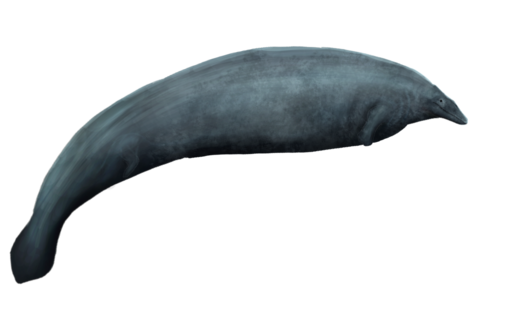The Ancient Whale
Perucetus, also known as “walking whale,” was a remarkable creature that lived around 43 million years ago during the Eocene epoch.

| Meaning | Whale from Peru [Peru-cetus] |
| Pronunciation | per-oo-SEE-tus |
| When: | Eocene (about 37–34 million years ago) |
| Where: | South America (Peru) |
| What: | Cetacean Mammal (ancient whale) |
| Weight: | Estimated around 200 metric tons |
| Length: | Approximately 17–20 meters (56–66 feet) |
| Diet: | Carnivorous (likely fed on fish and other marine life) |
| Discovered: | First described by Giovanni Bianucci and colleagues in 2023 |
It represents an early stage in the evolution of whales from land-dwelling ancestors to fully aquatic creatures.
Perucetus had features adapted for both land and water, with robust limbs that likely allowed it to move on land and paddle-like limbs for swimming.
Fossils of Perucetus have been found in Peru, providing valuable insights into the transition of whales from terrestrial to marine habitats and their evolutionary history.
